
Why This Matters to You
You bring home food. You bring home waste. The bag you choose shapes both. A single plastic bag feels small. But it adds up fast.
Plastic clogs rivers. It kills birds and fish. It sticks to soil and your food. It sits for centuries. You can cut that harm with one choice.
Reusable bags save you money. They hold more. They feel better in your hands. They last many trips. This piece shows you how to pick, use, and care for them.
Small acts matter. Each trip counts. Bring a bag. Keep it in your car. Keep one by the door. Say no to single use. Teach your kids. Make it part of your week. Start today. It matters. Really.
Live a Plastic-Free Life: Insights from Alexis McGivern | TEDxInstitutLeRosey
How Plastic Bags Hurt the Planet and You
See the chain
You toss a bag. Wind lifts it. It rides the gutter and clogs a storm drain. Rain builds behind the blockage. Streets flood. Crews pull trash out by the armful. That costs time and money. You pay for that work with taxes. The bag drifts on. It reaches a stream. It rides a river to the sea.
Wildlife finds it next. A gull mistakes a bag for food. A turtle gets tangled. Fish eat fragments. The parts do not vanish. They split into tiny bits. Those bits sink into mud. They float in the water you use. They ride up the food chain.
Microplastic in your food
Plastic breaks into microplastics. Scientists find them in seafood and table salt. They find them in rivers and drinking water. You might not see them. But they move from water to fish to your plate. That is a slow harm. It is real.
Tip: cut down on plastic wrap and single-use bags for produce. Pick fresh food from bulk bins. Use glass or steel for storage. Buy less wrapped goods when you can.
Waste systems strain, budgets feel it
Cities spend millions each year on cleanups, clogged drains, and landfill space. A single storm can fill trucks with soggy bags. That work pulls crews from other needs. Parks, libraries, and roads lose funds when cleanup bills rise.
Quick ways to help:
What to tell a friend
Say one clear thing: plastic bags are cheap to buy but costly to live with. Use a strong bag. Use it often. Teach a child to fold and stash. Small habit. Big effect.
You will see less mess. Your town will spend less. Your plate will hold fewer tiny bits of plastic.
Benefits of Reusable Grocery Bags for You
Clear, everyday wins
You get more than fewer bags. A good tote holds more. It tears less. You stop juggling groceries on the walk from the car. You stop coming back to the store for spilled cans. You save time. You save small annoyances that add up.
Save money — fast math
Many stores charge for single-use bags. That adds up. Try this quick math:
If your store charges $0.25 per bag, the payback is faster. Buy a 10-pack and divide the cost by the number of uses. A heavy tote used weekly will often pay you back in months, not years.
Protect your groceries
Cloth and reinforced totes keep shape. They spread weight. Glass jars sit snug. Produce breathes in mesh pouches. Insulated bags keep dairy and meat cool on hot days. You waste less food. You spend less replacing items.
Quick product picks and how they differ
Pick one for heavy loads. Pick a small foldable for spur trips. Mix types for different runs.
Your space and image
You cut clutter. Fewer thin store bags live in drawers. Your trash bin fills less fast. You look put-together at the farmer’s market. Kids see you choose. Neighbors take note. This is a small action that says you care.
Easy habits to start
Keep one tote by the door. Keep one in the car. Stash a compact bag on your key ring. Rinse produce bags after use. Rotate bags so none sit too long.
Next, we’ll look at how to choose the right bag for your shopping style and the trips you make.
Choosing the Right Reusable Bag
You know you want away from plastic. Now pick the tools that work. Not all bags fit every run. Match the bag to what you buy and how you travel.
Materials: pick by use
Woven polypropylene lasts. It wipes clean and takes wet messes. Cotton feels good. It soaks and gets heavy. Canvas holds shape and stands in the cart. Insulated soft coolers keep dairy and meat cold. Mesh bags breathe. They fit produce and drain well.
Size and shape
Measure your cart and your trunk. A long, shallow tote may not fit a deep cart. A square-bottom bag stacks boxes and jars. Short trips need small, foldable bags that tuck away. Big shops need boxy, strong bags that stand up.
Strength and construction
Look at seams. They should be stitched, not glued. Handles should be sewn into the bag body. Check the base. A reinforced bottom will save fragile jars. Try the bag with weight. If the handles wobble, keep walking.
When a cheap bag will fail — and when to spend
Cheap thin bags tear on the first heavy load. Thin handles cut into your hands. Buy cheap for one-off use only. Spend more when you:
A quality bag pays back in time. A sturdy canvas or heavy poly tote can last for hundreds of trips.
Quick product picks (real-world examples)
Simple checklist before you buy
Pick one big, boxy tote for your weekly shop. Keep a lightweight foldable in your pocket for spur trips. Test them at the store once. You will know which one earns a place in your car.
How to Make Reusable Bags a Habit
You picked the right bag. Now make it leave the house with you. A good bag does nothing if it sits by the couch.
Put a bag by the door
Hang one on a hook at eye level. Put one on the back of the door. Keep it with your keys. You will see it when you leave. One friend kept a bright tote on the coat hook. She stopped grabbing plastic in a week.
Keep spares where you go
Stash one in the car trunk. Fold one into your work bag. Clip a tiny pack like a ChicoBag to your keyring. Put one in the stroller or bike basket. If you travel by train, tuck a slim tote in your laptop sleeve.
Tie the habit to what you already do
Pick a cue. Grab your keys. Lock the door. Put the shopping list on the counter. Link the bag to that cue. Make it simple. Make it hard to forget. Try a rule: no bag, no ride. Say it out loud before you leave.
Use easy reminders and small rewards
Set a phone alarm for shopping day. Put a sticky note on the door for a week. Use a habit app and track a five-day streak. Reward yourself when you keep the streak. A small coffee. A beat of pride. The reward cements the habit.
Teach the people you live with
Assign spots for each person. Leave clear signs. Ask kids to pack a bag as part of homework or chores. Praise the wins. When guests come, offer a spare. Make it a house rule, not a suggestion.
Quick action list
Start small. Build one cue. Add another in a week. Up next: how to keep those bags clean, mend them when they fail, and manage a rotating supply so they last.
Clean, Repair, and Manage Your Bags
You will spill. You will drop raw meat. You must clean. You must care. Do it simply. Do it often.
Quick clean rules
How to clean common types
Canvas and cotton: wash in warm water. Use mild detergent. Scrub stains with a brush. Air dry flat to keep the shape.
Polypropylene / nylon: wipe with dish soap. Rinse. Hang to dry. Do not iron thin packable bags.
Mesh produce: toss in the washer or hand wash. Let dry in the sun. They breathe, so they dry fast.
Insulated coolers: wipe the liner with a bleach solution (one tablespoon bleach per quart of water) if raw juices leaked. Rinse well and air dry.
When to repair and how
Fix small tears right away. A single stitch stops a big rip. Use heavy polyester thread. Use a sewing machine for long tears. For a quick fix, try fabric repair tape. For nylon, a bar tack stitch at the strap helps.
Signs you must replace:
If the bag fails the load test (it sags, it stretches, it hurts your hand), retire it.
Reuse, recycle, repurpose
Many stores take worn bags for recycling. Look for textile drop-off programs or TerraCycle options. If you must retire a bag, cut it into rags or a grocery caddy. Don’t toss usable cloth into the trash.
Store and rotate
Store bags dry and flat. Keep mesh or paper for produce separate. Stash a spare in the car and one by the door. Wash bags weekly if you shop often. Wash immediately after raw food runs.
Keep them clean. Keep them strong. Then move on to the final step: make the change.
Make the Change
You can cut waste with a simple act. Bring your bag. Pick one that lasts. Use it every time. Keep a spare in your car or by the door. Say no to the thin plastic. Say yes to a small, steady habit. Each trip adds up. Your town sees less trash. Wildlife lives safer.
Clean your bags. Mend tears. Rotate them. Teach by doing. Invite a friend. Make it routine. Make it small. Make it stubborn. Start today. One bag. One choice. Big gain. You set the pace. Others will follow. Shops will notice. Cities change rules. Plastics shrink. Your wallet saves. Your life feels cleaner. Keep going. This matters. Start now. Stay steady. Change is simple.

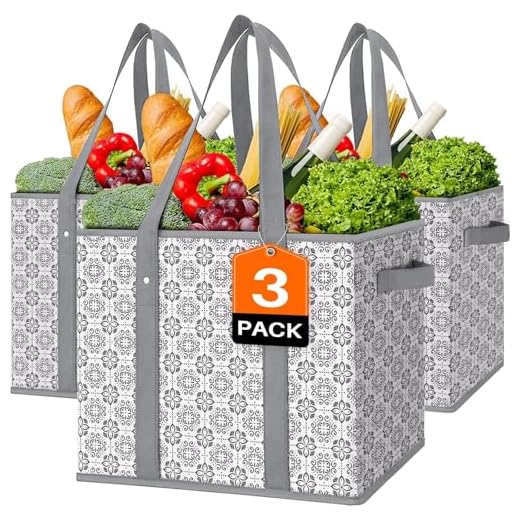
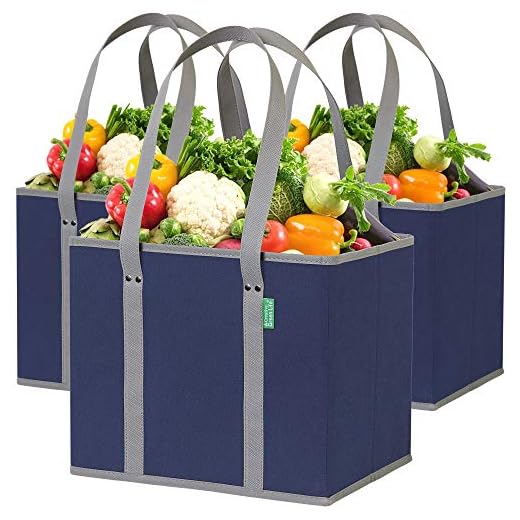
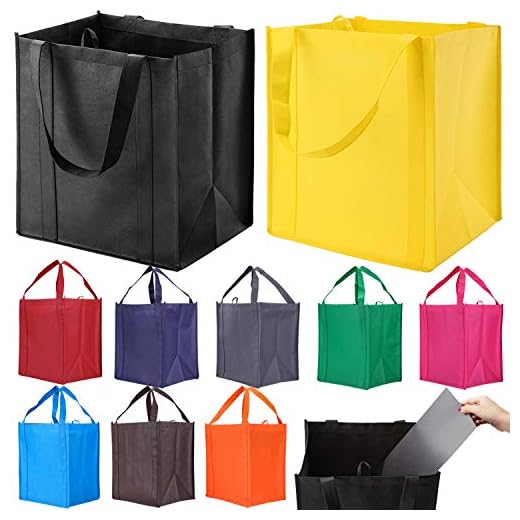
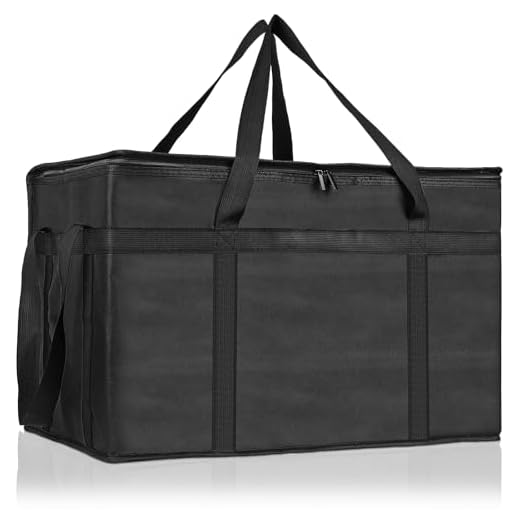
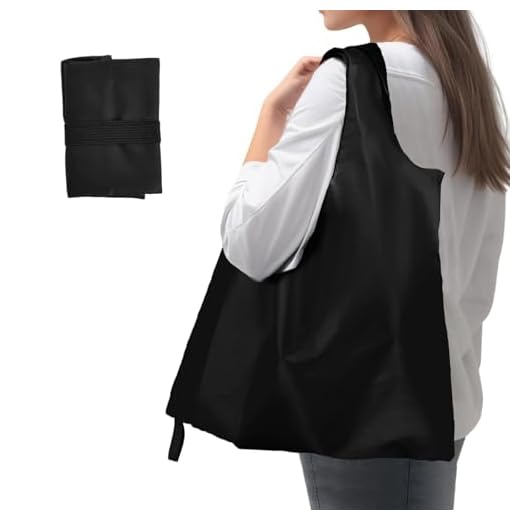
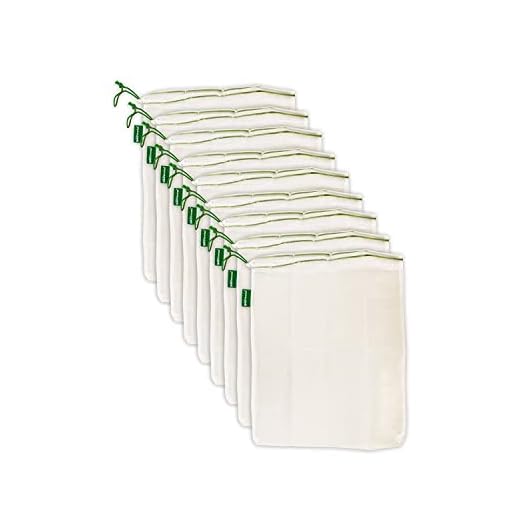







I get the environmental argument, but curious about the actual lifecycle math. Are we sure a Large Foldable Reusable Grocery Tote Set (that’s made overseas) is always better than local compostable single-use options? Also, the Lightweight Foldable Waterproof Nylon Grocery Tote Bag sounds like it’s plastic-based — isn’t that just delaying the problem?
Not trolling — genuinely asking.
Compostable single-use can be good locally, but they need proper industrial composting to break down quickly. In practice, many end up in landfills where they act like regular plastic.
Great questions, Jamal. Lifecycle impacts depend on materials and usage: a reusable bag’s benefit increases the more times it’s used. Many cotton totes need hundreds of uses to break even vs thin plastic, but nylon and reinforced totes often need far fewer. The key is reuse and durability. We’ll consider adding an LCA comparison to the article.
This is why I rotate bags and repair rather than toss. Even nylon nets beat single-use plastics if you use them dozens to hundreds of times.
I loved the “Benefits of Reusable Grocery Bags for You” section — practical and not preachy. A few takeaways:
– Health: less microplastic from worn plastic bags getting onto produce.
– Money: you save on bag fees and impulse buys when you pack properly.
I personally use a mix: Heavy-Duty Box-Style for cans, Set of 9 See-Through Mesh Produce Bags for fruits/veggies, and the Lightweight Foldable Waterproof Nylon Grocery Tote Bag on quick trips. Also, don’t sleep on the 10-Pack Heavy-Duty Reinforced Grocery Totes for big family shops.
PS: I started labeling my bags by purpose (produce, frozen, pantry). Makes life easy.
Any recommendations for folding techniques for those box-style totes? They’re awkward to store sometimes.
I use colored carabiners on bag handles to quickly identify them. Cheap and super effective.
@Brian — I fold the sides in, then roll from the bottom up. It flattens pretty well and fits in my cupboard next to the cereal boxes.
Labeling is a brilliant tip, Hannah — thanks for sharing. It not only speeds up packing but also helps with hygiene (raw vs ready-to-eat separation).
@Brian, we’ll add a quick fold/pack video next update — great callout.
Good article overall, but I have a couple of practical questions:
– The 10-Pack Heavy-Duty Reinforced Grocery Totes: are they machine washable? I worry washing might ruin reinforcement.
– Any suggestions for storing the XXXL Insulated Food Delivery and Catering Bag when not in use? It’s huge.
Also, small typo in the “Clean, Repair, and Manage Your Bags” section — missing a comma after “repair”. Not a big deal, just fyi.
Great questions, Elena. The 10-Pack Heavy-Duty Reinforced Grocery Totes are usually machine-washable on a gentle cycle, but check the tag — some with extra reinforcement benefit from hand washing or spot cleaning to preserve padding. For the XXXL insulated bag: collapse it, dry it fully, then store in a cool dry place or hang it by a loop if it has one to keep its shape.
Thanks for the typo catch — we’ll fix the comma in the next edit.
If you put a baking sheet or a piece of cardboard inside the bag when storing, it helps the sides stay stiff for the next use 👍
I fold the insulated bag flat and store it under the bed. Works well for me and keeps it out of the way.
About washing: I tossed one reinforced tote in a mesh laundry bag and did gentle cycle; it came out fine. But I always re-check seams before using for heavy stuff.